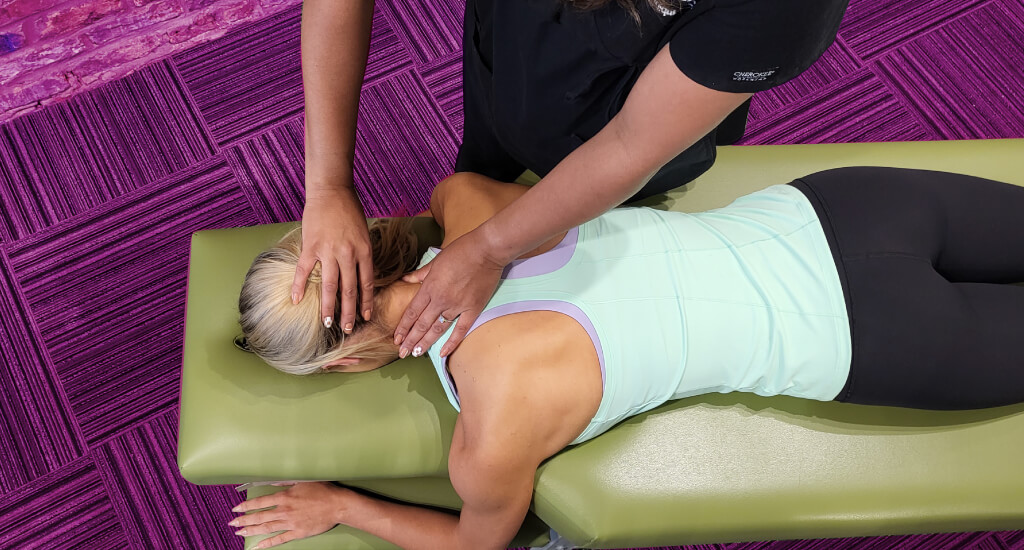
Can Chiropractic Care Help with Jaw Pain?
Can chiropractic care help with jaw pain? Dr. Robert of Chiro One shares the top causes of jaw pain, how to prevent it, and how chiropractic can help you find relief without surgery.

If you place your hands on your face, right in front of your ear lobes and open and close your mouth, you can feel your temporomandibular joint (TMJ), which connects your upper and lower jaw.
Many Americans experience some sort of temporomandibular-related pain or even a temporomandibular disorder (TMD). In fact, the National Institute of Dental and Craniofacial Research (NIDCR) estimates that 10 million Americans have a TMD. Additionally, around 75 percent of the U.S. population may experience one or more symptoms of a TMD. Discover why chiropractic is a viable treatment option for this common condition.
Top experts, including the National Institutes of Health (NIH) and NIDCR, recommend conservative, reversible treatments as the best route of action. Our doctors agree and recommend choosing non-invasive treatments first, rather than aggressive treatments, like surgery and implants, which penetrate the tissues of the face, jaw or joint.
Chiropractic treatments may alleviate some of the symptoms of TMD through manipulation of the jaw and muscles surrounding the temporomandibular joint, potentially relieving tension and pain.
Issues with the complex temporomandibular joint and its surrounding muscles and tissues can cause a variety of symptoms—and some of these symptoms on their own may not indicate a disorder. The most common symptoms are:
If you think you are suffering from TMD or can relate to these symptoms, Chiro One recommends seeking out the opinion of a chiropractor or other healthcare professional. In the meanwhile, rest the jaw when possible and to pay close attention to habits, such as teeth grinding or nail-biting, which may be worsening the pain or disorder.
Make an appointment to talk to a chiropractic doctor about chiropractic and TMJ/TMD.
Understanding Temporomandibular Disorders (TMD), Chiro One Wellness Centers, Nov. 2013
TMJ Disorders, National Institute of Dental and Craniofacial Research (NIDCR), Aug. 2013
Study Evaluates Risk Factors for Chronic Temporomandibular Joint and Muscle Disorders, NIDCR, July 2013
Chiropractic treatment of temporomandibular disorders using the activator adjusting instrument and protocol (Abstract), National Center for Biotechnology Information, Nov. 2005
Chiropractic treatment of temporomandibular disorders using the activator adjusting instrument: a prospective case series (Abstract), National Center for Biotechnology Information, Sept. 2003
Subscribe and get news, articles & offers sent right to your inbox each month.
"*" indicates required fields
By subscribing you are agreeing to the Terms and Conditions and Privacy Policy.